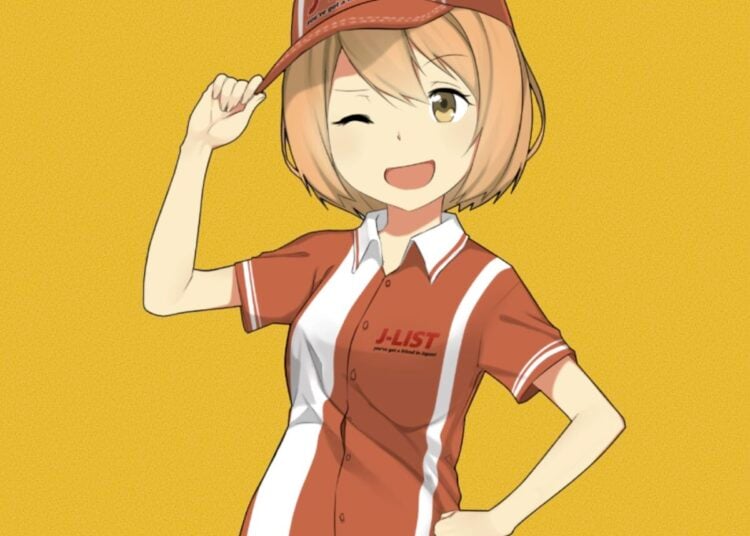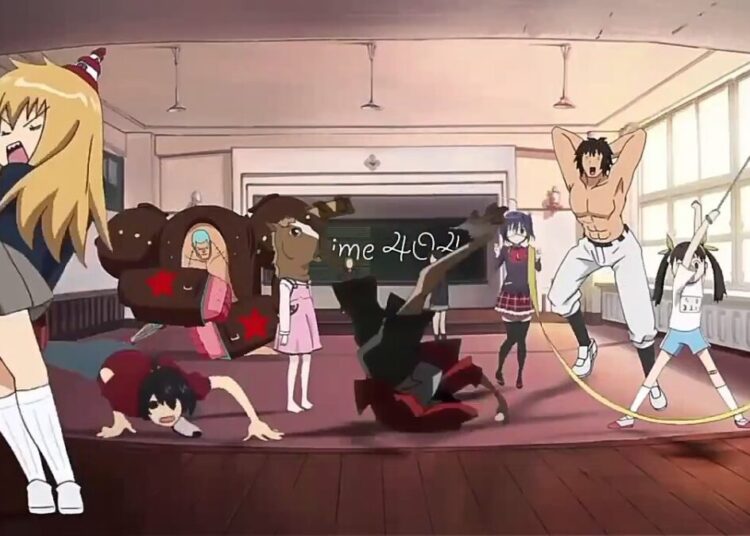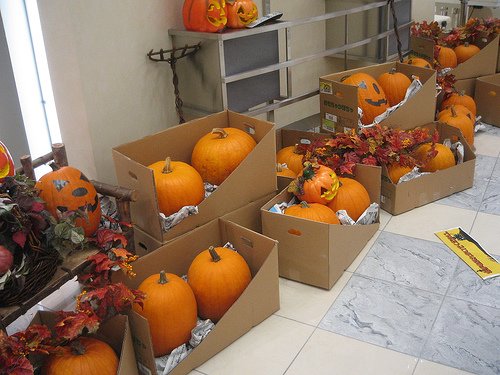Japan is a land of conflicting themes, of high tech phones and glittering gadgets alongside abandoned pachinko parlors and that old guy who drives around selling baked sweet potatoes (a local delicacy), where no one gives a second thought to undressing in front of strangers in the public bath but where a women would die before sunbathing with her top off like they do in Europe. The medical industry in Japan can be confusing, too, a thought that occurred to me watching a show on the other night in which famous TV entertainers ask hard-hitting questions of medical professionals. On the one hand, Japan has an effective network of large and small hospitals that promote good health and regular medical check-ups. There are two systems to ensure that full-time employees of large companies and workers in smaller companies/self employed people have health insurance, which has contributed to the Japanese having the longest life expectancy of any nation. Not everything is rosy, however. Since medical costs are tightly controlled, salaries for doctors are low compared to the U.S., and American companies that provide expensive drugs and medical equipment are frequently unwilling to invest in the local market. Japanese hospitals are consistently 20 years behind the rest of the world when it comes to things like organ transplants, and patients are often better off going overseas for some kinds of treatments. Going to the hospital involves a bit of Russian Roulette, since you never know what quality of care you’ll receive, as with the recent case of a pregnant woman who died of a stroke while waiting for a hospital to accept her (happily, her baby was saved). Partially for this reason, patients make heavy use of the shokai or “introduction” system, asking a trusted general practitioner to formally introduce you to a specialist or hospital rather than just taking your chances.
How the brain assigns names to objects and how we categorize these objects in our world is something you might not think about much, but living in Japan, I notice some interesting things. In the movie Pulp Fiction, Bruce Willis’s character makes a sharp distinction between a motorcycle and a “chopper” (a motorcycle with an elongated front end), which is silly on the one hand since there’s very little difference between the two, but is nevertheless something we all do in language. In my own dialect of English, at least, a thumb is not considered a finger, and a pickup truck is defined as being a separate concept from a car, despite their similar function. Naturally, the Japanese have their own list of language quirks, such as concepts of “leg” and “foot” both represented by the same word (ashi) or the tendency for Japanese to insist that green and yellow-green are completely separate colors. While talking with my son, he’ll use the word “tire” referring to the wheels on a plastic car (to me, a tire must be made of rubber), or “string” when asking where the wire for the Powerbook is, which make sense to him but sound odd to me. Language is interesting because it’s a way to reflect on how our brains work, to read a little of the source code that makes up our own internal firmware.
As a foreigner, it’s always fun to see what they have at the local convenience store (conbini in Japanese). There are dozens of convenience store chains here, dominated by Seven Eleven Japan, which created the category in 1974 by adapting an American concept with Japanese-style distribution practices and eventually grew to be Japan’s largest retailer, much larger than the parent company. Convenience stores offer many products, including Japanese-style food (bento, noodles and onigiri/rice balls), various bread products (both sliced white bread and various specialty breads like Melon Pan and Curry Pan), drinks like canned coffee and bottled green tea, all manner of candy and gum, and lately, iPods and iTunes music cards. The concept of personal checks doesn’t exist in Japan at all, and most people pay their monthly bills by taking them to their local convenience store where they can be read by the cash register. In the winter, I love to go to a convenience store and get niku-man, a Chinese bun which is basically meat inside steamed bread — yum. There are microwave burritos to be had here, but be warned: with ingredients like scrambled egg & ham or pizza and sausage, the might not be what you’re used to. Like Japanese banks, convenience stores here compete by trying to appear as similar to each other as possible (a concept that could only work in Japan), and by and large, you won’t find something in one chain that’s not available everywhere. The newest trend in convenience stores is Natural Lawson, a chain of shops that go out of their way to carry health-conscious items, organic vegetables, and so on.
The art of Shirow Masamune, the creator of Ghost in the Shell, is really amazing to behold, and preorders for his 2007 calendar (the first issued in several years) are already more than half sold out at J-List. Today we’ve posted his dynamite Togihime Zoushi 2, a book containing dozens of his incredible artistic creations that no Shirow fan will want to be without. Please note that stock is limited and the work is permanently out of print — if you’re a fan of Shirow’s artwork, don’t delay in picking up this new item!
Remember that Christmas is not too far off, and J-List is a fabulous place to look for unique and special gifts for that special someone on your list. Whether they’re a card-carrying member of the otaku generation or merely like fresh and new concepts that only the Japanese could come up with, we’ve got the perfect gift ideas right here. Calendars are an especially nice gift, and we’ve got hundreds of amazing anime, JPOP, swimsuit idol and other calendars to browse through. Why not consider giving a J-List gift certificate, which can be issued in any amount and can either be sent in an attractive physical box, or as a printable PDF gift certificate sent through email.















